
What is Email Engagement and Why It Matters for Your Business?
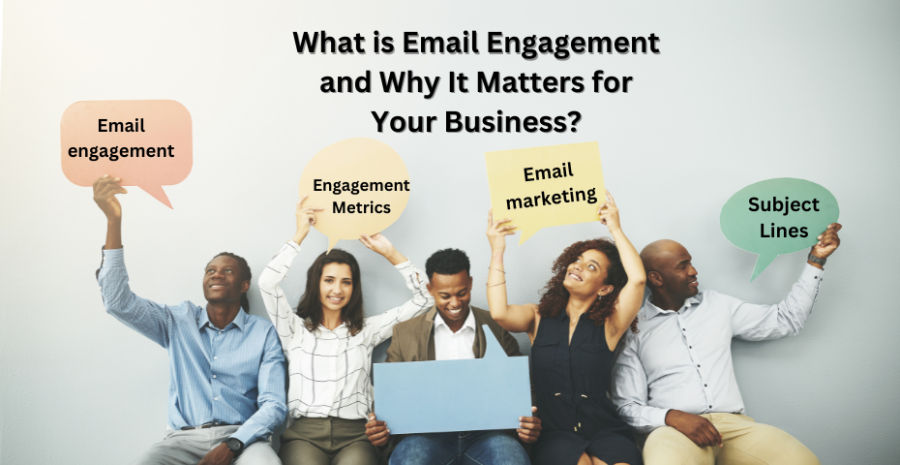
Email engagement is a critical aspect of modern marketing strategies, particularly in the digital age where businesses communicate directly with their customers through emails. It refers to how recipients interact with your emails, including actions such as opening them, clicking on links, responding, or forwarding them to others.
Understanding email engagement is not just about knowing who opened an email or clicked a link; it’s about gauging how connected and involved your audience is with your brand. Engagement is a measure of how well your emails resonate with your subscribers, which, in turn, reflects the effectiveness of your email marketing efforts.
Businesses today rely heavily on email campaigns to drive conversions, retain customers, and boost brand awareness. However, with inboxes flooded daily with promotional content, gaining and maintaining high engagement has become more challenging yet more vital than ever.
The importance of email engagement cannot be overstated. It impacts various areas of a business, from increasing conversion rates to improving customer relationships. Engaged subscribers are more likely to purchase products, remain loyal to your brand, and even recommend your services to others.
Additionally, email service providers (ESPs) consider engagement metrics when determining email deliverability. Emails with high engagement rates are more likely to land in subscribers' inboxes rather than the spam folder, ensuring that your message reaches the intended audience.
But, achieving this is no small feat—it requires an understanding of what resonates with your audience, thoughtful crafting of subject lines and email content, proper segmentation, and optimization based on performance metrics.
Effective email engagement is a two-way street that fosters dialogue and interaction between your brand and your customers. It’s about providing value to your subscribers in a way that encourages them to take meaningful action.
Poor email engagement, on the other hand, can damage your brand’s reputation, increase unsubscribe rates, and lead to lower ROI (Return on Investment). To drive the right results, businesses must stay on top of trends and continually refine their approach to email marketing by focusing on engagement.
In this blog, we will delve into the top 10 key points that explain what email engagement is, why it matters, and how you can enhance it to boost the success of your business.
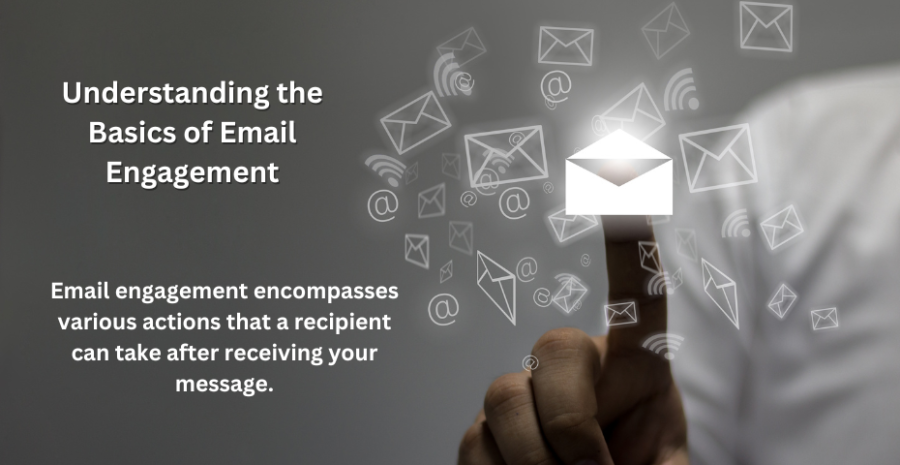
Email engagement encompasses various actions that a recipient can take after receiving your message. These include opening the email, clicking on links, replying, forwarding, or even marking it as spam. Each of these actions (or lack thereof) tells a story about how interested a recipient is in your content.
For businesses, it's essential to understand these actions to determine whether their messaging strategy resonates with the target audience. Open rates, click-through rates, and conversion rates are common metrics used to measure engagement.
But to truly comprehend engagement, it's important to go beyond numbers and focus on the content that prompts these actions. Sending relevant, personalized emails that address the specific needs of your audience leads to higher engagement rates.
Conversely, sending generic, irrelevant emails will decrease engagement, and possibly even harm your sender reputation.
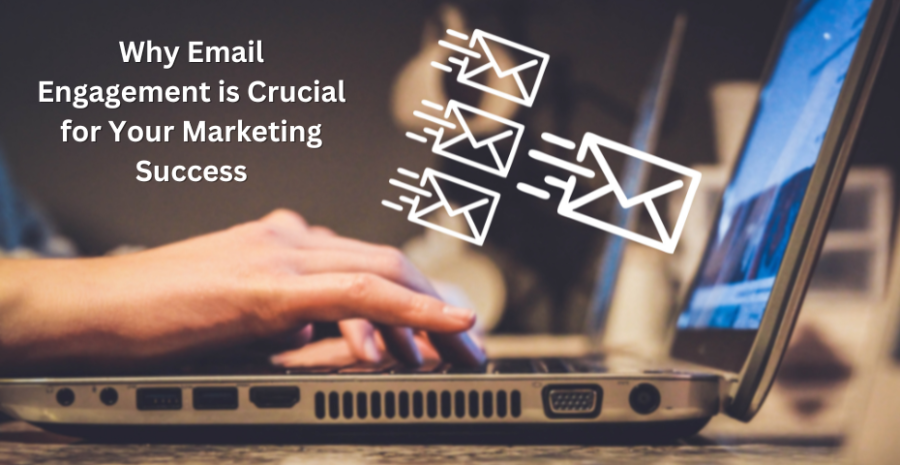
At its core, email engagement is about building relationships with your audience. It reflects how interested and involved your subscribers are in your content and offerings. When subscribers engage with your emails, they are more likely to convert into paying customers, leading to higher sales and a more loyal customer base.
Email marketing is still one of the most effective ways to communicate directly with your audience, making engagement a critical factor for any campaign's success. Businesses with high engagement rates often see better results from their email campaigns, including higher ROI, more website traffic, and stronger customer retention.
Engaged customers also tend to act as brand advocates, spreading positive word-of-mouth and driving referrals, further expanding your customer base.

Email service providers (ESPs) like Gmail, Yahoo, and Outlook track engagement metrics to determine where to place your emails—in the inbox or the spam folder. If a user consistently interacts with your emails by opening them and clicking on links, ESPs see that as a sign of a trusted sender.
However, if your emails go unopened or are marked as spam, your sender reputation can suffer, leading to lower deliverability rates. Therefore, high engagement rates are essential not only for connecting with your audience but also for ensuring that your emails reach their inbox.
Keeping track of key metrics like open rates, click-through rates, and bounce rates can help you maintain a strong sender reputation, ensuring that your emails remain an effective communication channel.
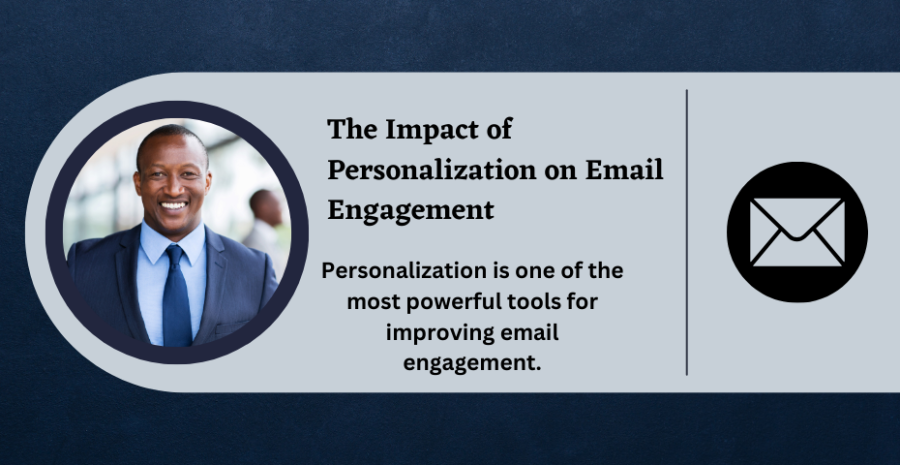
Personalization is one of the most powerful tools for improving email engagement. Personalized emails make recipients feel valued, as they see content tailored to their preferences and behavior. Simple steps like using the recipient's name, sending recommendations based on past purchases, or acknowledging their interests can significantly increase engagement rates.
Studies have shown that personalized emails have higher open and click-through rates than non-personalized ones. By segmenting your audience and sending relevant content to specific groups, you can enhance your email engagement and drive more conversions.
Additionally, personalizing the timing of your emails—sending them when subscribers are most likely to engage—can further boost performance.
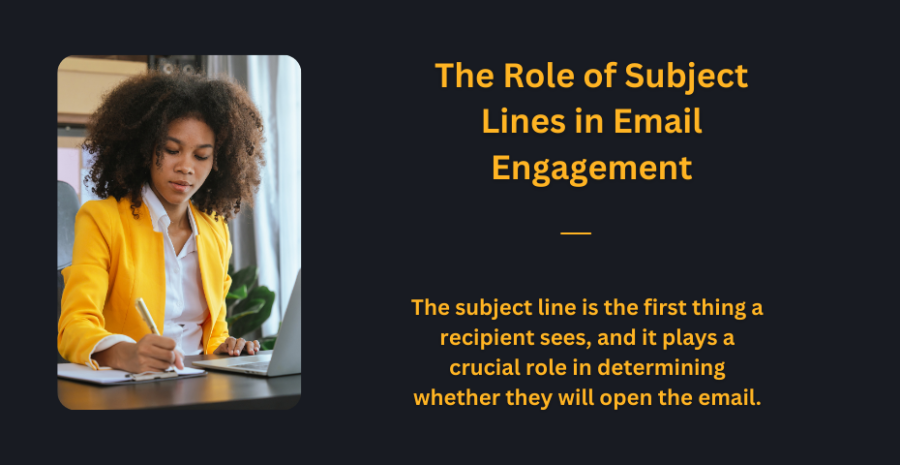
The subject line is the first thing a recipient sees, and it plays a crucial role in determining whether they will open the email.
Crafting an engaging, relevant, and curiosity-provoking subject line can significantly boost open rates. A good subject line should be concise, clear, and aligned with the content of the email.
It’s also essential to avoid spammy language, excessive punctuation, or all caps, as these can negatively affect deliverability and engagement.
Testing different subject lines through A/B testing can help you determine what resonates best with your audience, allowing you to optimize your approach for maximum engagement.
.png)
Click-through rates (CTR) are a key indicator of how effective your email content is at driving action. To improve CTR, focus on providing clear, compelling calls-to-action (CTAs) that encourage recipients to take the next step.
Your email should be visually appealing, with easy-to-navigate links and buttons that guide users toward a specific action. Additionally, keeping your content concise and relevant helps to maintain your audience’s interest.
Offering incentives, such as discounts or exclusive content, can also increase engagement and encourage clicks. By continually testing and optimizing your email layouts, you can improve your CTR and overall engagement.
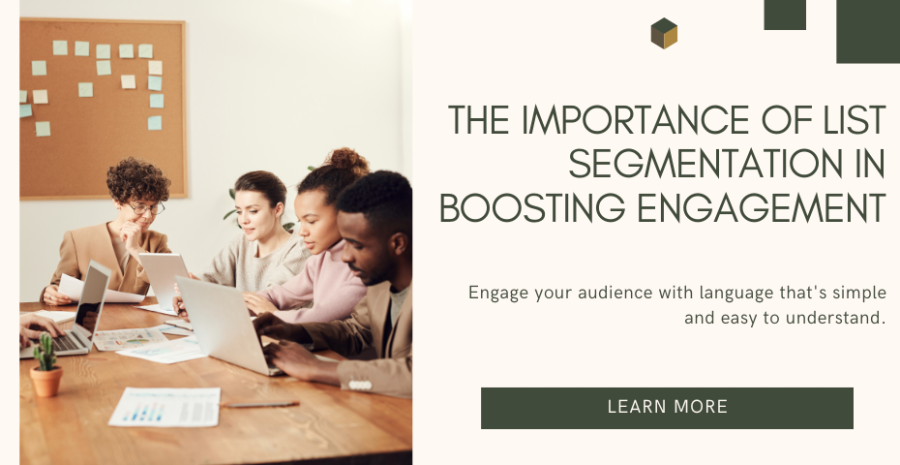
List segmentation allows businesses to send more targeted, relevant content to specific groups of subscribers. Instead of sending the same email to your entire list, you can segment it based on demographics, behavior, purchase history, or engagement levels.
This approach ensures that subscribers receive content tailored to their preferences, making them more likely to engage. Segmenting your list also allows you to send more personalized messages, improving both open and click-through rates.
By understanding your audience and grouping them into specific segments, you can create more effective, engaging email campaigns that drive better results.
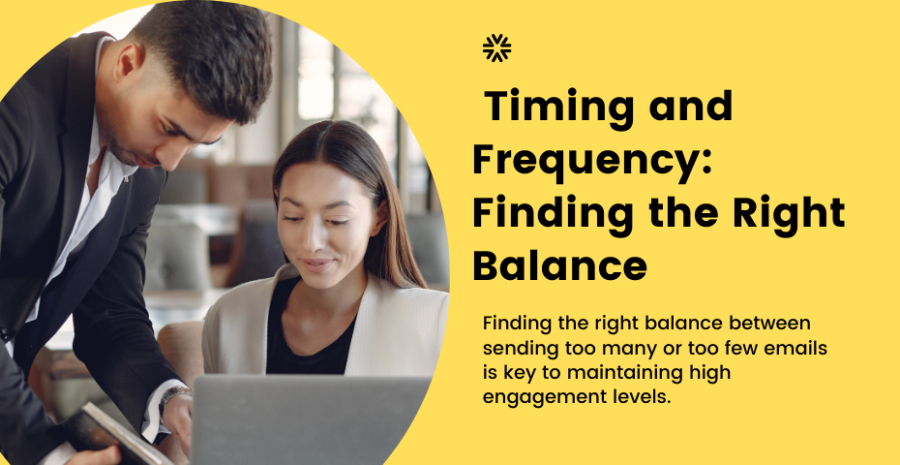
Finding the right balance between sending too many or too few emails is key to maintaining high engagement levels. Sending emails too frequently can overwhelm recipients and lead to unsubscribes, while sending them too infrequently can cause your audience to forget about your brand.
Testing different sending frequencies and analyzing the results can help you find the optimal schedule for your audience. Additionally, sending emails at times when subscribers are most likely to engage—such as in the morning or during lunch hours—can increase open and click-through rates.
By optimizing the timing and frequency of your emails, you can maintain a strong connection with your audience.
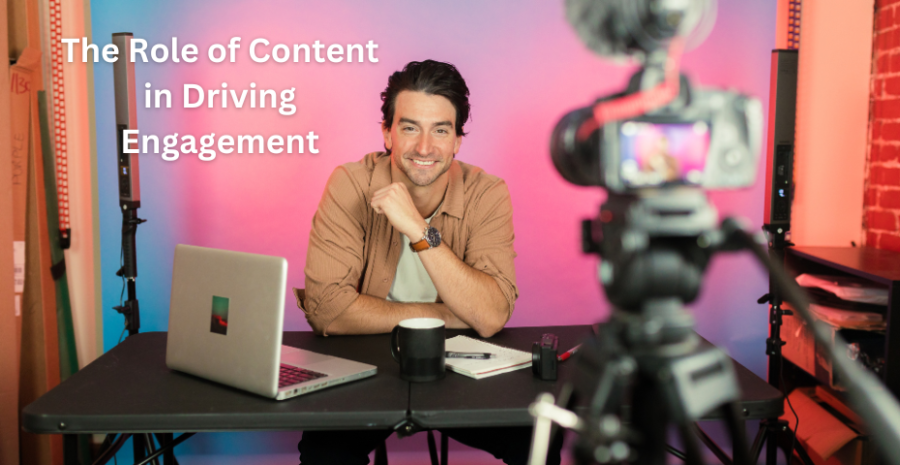
The content of your email is the heart of your engagement strategy. Providing valuable, relevant, and timely content is essential for keeping your subscribers interested and encouraging them to take action.
Your content should be clear, concise, and tailored to the needs and interests of your audience.
Including engaging visuals, videos, and links to helpful resources can enhance the overall experience and increase engagement. Additionally, providing value in each email—whether it’s a special offer, helpful tips, or exclusive content—ensures that your audience stays engaged and continues to look forward to your emails.

Finally, measuring your email engagement metrics is crucial for understanding the effectiveness of your campaigns and identifying areas for improvement. Regularly analyzing open rates, click-through rates, conversion rates, and unsubscribe rates can give you valuable insights into what works and what doesn’t.
By testing different elements of your emails—such as subject lines, content, and layout—you can continually optimize your approach and improve engagement over time.
Keeping a close eye on your engagement metrics allows you to make data-driven decisions that enhance the performance of your email campaigns.
Email engagement is not just a metric—it’s a reflection of how well you are connecting with your audience. In an age where digital communication is increasingly competitive, focusing on engagement can be the difference between a successful email marketing campaign and one that falls flat.
By understanding the factors that influence engagement, such as personalization, content quality, timing, and list segmentation, businesses can create more effective email campaigns that resonate with their audience. High engagement leads to higher conversions, stronger customer loyalty, and ultimately, better business results.
For any business relying on email marketing, engagement should be a top priority. It ensures that your emails are reaching the right people at the right time with the right message. Engaged subscribers are more likely to convert, purchase, and remain loyal to your brand, making them a key asset in your marketing strategy.
However, achieving high engagement requires a consistent, thoughtful approach to how you craft, send, and optimize your emails. Through continuous testing, personalization, and refinement, you can build a highly engaged audience that contributes to the long-term success of your business.
So, start focusing on email engagement today, and watch your marketing results improve exponentially.
.png)
About: Andries vanTonder
Over 45 years selfemployed
He is a Serial Entrepreneur, an Enthusiastic supporter of Blockchain Technology and a Cryptocurrency Investor
Find me: Markethive Profile Page | My Twitter Account | My Instagram Acount | and my Facebook Profile.
